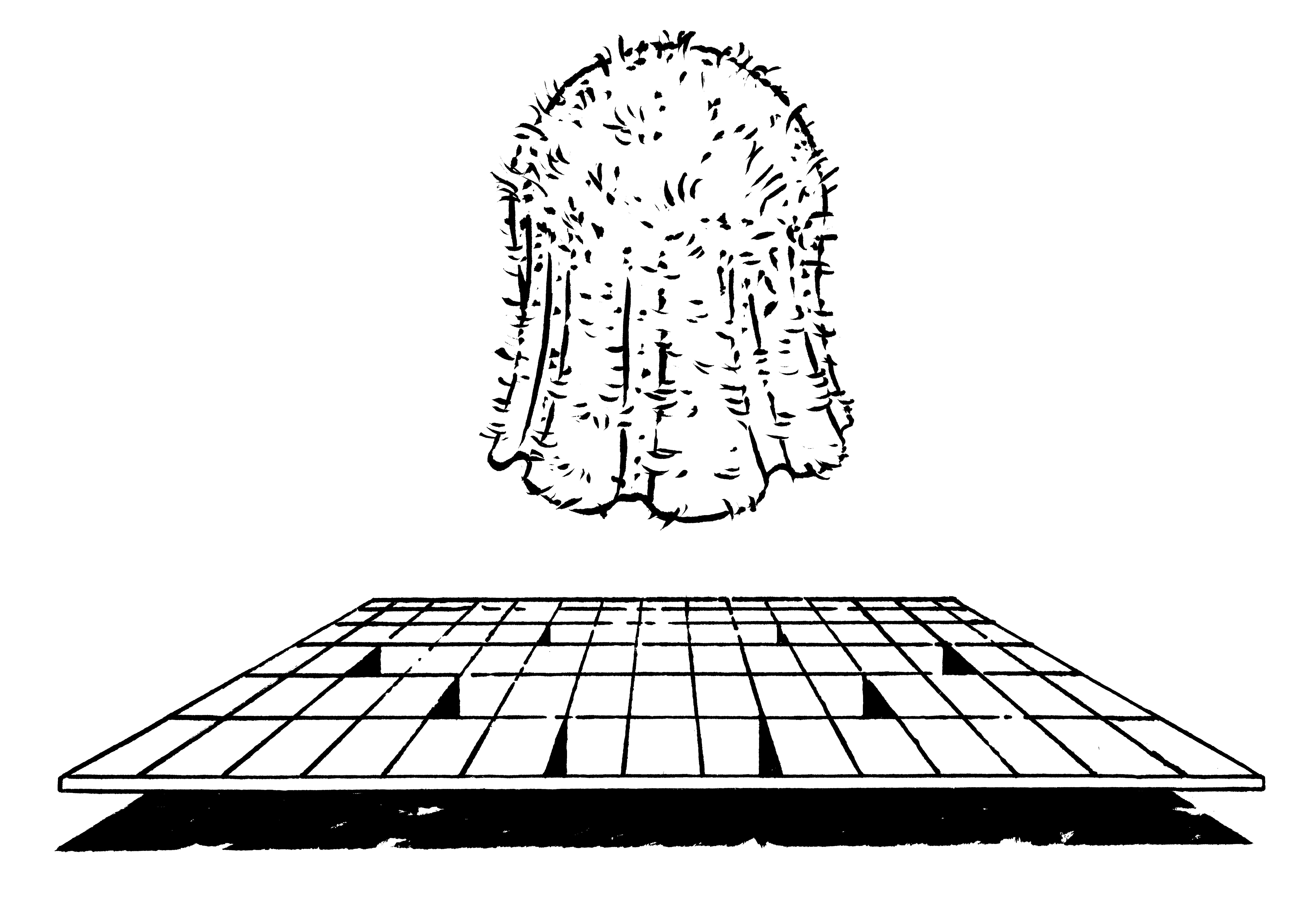Seminar: Modeling Wicked Problems
Most Anthropocene concerns are “wicked problems”—complex problems that defy a single answer and may never be solved definitively. Applying transdisciplinary systems models to problems such as climate change or global food supply gives us useful heuristics while forcing us to think about complexity and to witness nonlinear and counterintuitive outcomes.
Read MoreIllustration by Benedikt Rugar
Prologue event
Is it possible to approach problems such as poverty with models? What if the challenge is not only finding a solution, but also finding one in a limited time? In this event prior to the closed Modeling Wicked Problems seminar, Paul Edwards tackles the pitfalls of mind and computer models. What happens if the potential problem-solvers are in fact the problem-makers?
Résumé event
Event following the closed Modeling Wicked Problems seminar, lead by Thilo Wiertz.
About the following contributions
The contributions collected here start with two reflective texts: one by Paul Edwards on the relationship between wicked problems and mental models—which all too often fail us; and the other by Miriam Diamond on systems thinking, an attempt to gather together all aspects of a problem, and then to explore key drivers in the system in order to create nonlinear and nonintuitive results.
The first case study, summarized by Pablo Jensen, used the Schelling segregation model, and shows how individuals who each genuinely desire to live in a racially mixed neighborhood can nevertheless collectively, against their best intentions, produce a segregated town as they each seek optimal housing for themselves. Isabell Schrickel, in a second case study, introduces Crawford S. Holling’s concept of adaptive modeling, through which models are understood as tools of self-instruction and collective learning about complex systems and their possible future trajectories. In “Limits to Growth,” Miriam Diamond picks up this most famous publication of 1972 that alerted the world to the likelihood of collapse in both human and natural systems. The final major exercise, introduced by Chris Strashok, allowed students to use the Global Systems Simulator, a sophisticated integrated assessment model, to explore avenues toward achieving sustainability by manipulating a wide range of factors, from population and production to agriculture and pollution. But how far does one such tool lead?
- contributionPaul N. Edwards
Wicked Problems and Mental Models
Notes on wicked problems and complexity.
Complexity, Model, System
- contributionPablo Jensen
Schelling’s Segregation Model
How does it come about that individuals who genuinely desire to live in an ethnically mixed neighborhood nevertheless collectively, against their best intentions, produce a segregated town as they each seek optimal housing for themselves?
Migration, Model, Complexity
- contributionIsabell Schrickel
Adaptive Modeling
To avoid normative assumptions of the model builders being implemented into the models, Canadian ecologist Crawford S. Holling developed the concept of adaptive modeling.
Complexity, Biosphere, Model, Adaptation, Participatory governance
- contributionMiriam Diamond
Limits to Growth
A critical reflection on the ideology of exponential growth.
Reflection, Complexity, Model, Biosphere
- contributionChris Strashok
Global Systems Simulator (GSS)
GSS is a sophisticated integrated assessment model designed to explore avenues toward achieving sustainability. Can such models provoke useful thinking about the interaction of social and natural systems?
Modeling, Engagement, Model, Complexity, Human-environment relations
- contributionIsadora Neves Marques, Mariana Silva
The Politics of Modeling
Developing models is not a purely scientific, detached exercise: during the seminar participants discuss the politics of computer model simulations.
Conversation, Knowledge transformation, Model
- contributionMiriam Diamond
Systems Analysis and Modeling
How can systems thinking help us in the analysis of a wicked problem?
Experiment, Model, System
- contributionIsadora Neves Marques, Mariana Silva
From "Limits to Growth" to Chernobyl
A conversation on the history of the 1972 “Limits to Growth” computer model, management systems, Chernobyl, and the geopolitical power of images in the era of mass surveillance.
Conversation, Knowledge infrastructure, Model
Participants
Golnoush Abbasi
Arantzazu Saratxaga Arregi
Ravi Baghel
Meghan Bailey
Anders Bjørn
Thomas Bruhn
Alejandra Torres Camprubí
Benjamin Casper
Enrico Costanzo
Heather Davis
Seth Denizen
Chirag Dhara
Jonathan F. Donges
Tom Fox
Gyorgyi Galik
Johan Gärdebo
Moses Tinashe Kamanda
Scott Gabriel Knowles
Christoph Küffer
Roberto Lalli
Andrea Leon Parra
Mahrizal Mahrizal
Emily Klancher Merchant
Uche Okpara
Tejal Shah
Helge Peters
Sascha Pohflepp
Annegret Schmidt
Isabell Schrickel
Francesco Sebregondi
Emanuele Serrelli
Anna-Sophie Springer
Fabio Vladimir Sánchez-Calderón
Zev Trachtenberg
Gustavo Valdivia
Hanna Vikström
Thilo Wiertz
Andrew Yang
Pinar Yoldas

